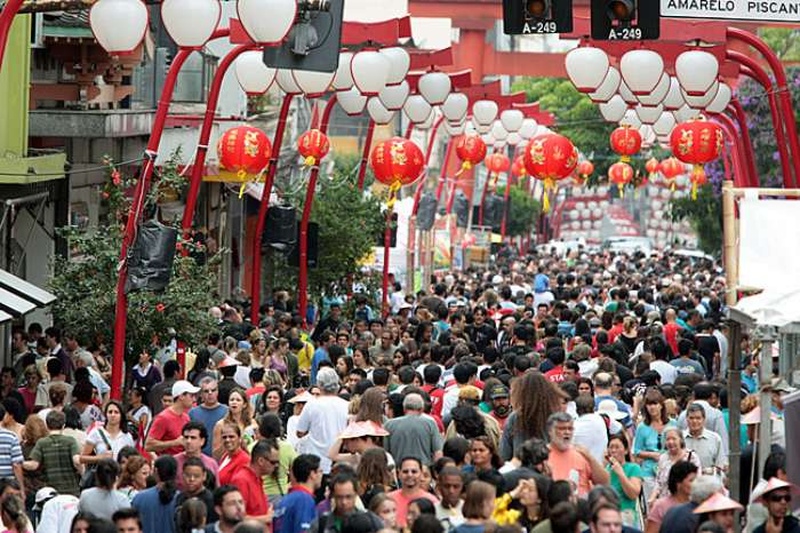I have always interpreted this famous phrase by the Russian writer, Leo Tolstoy, “If you want to be universal, start by painting your village”, in the following way:
If you want to get to know all the villages in the world, dear reader, first get to know yours well; in this case, painting it in a painting.
In other words: if you know the village where you live in depth, you will have reliable parameters to, perhaps, get to know other villages in the world – and, perhaps, the universe – in depth.
This is perhaps one of the reasons that led me to always paint – as the Russian writer suggested – the neighborhood where I live today, Liberdade, in São Paulo.
There is no denying that its streets and residents inspired me to write several of my chronicles. And, as it could not be otherwise, almost all of them are related to the culture that marked him throughout the last century – Nikkei culture.
And in this chronicle I will take the opportunity to dip my brush in paint and list, using strong colors, what for me – after more than seven years living here – most characterizes the neighborhood:
The first image that comes to my mind – and that of anyone who has ever been to Liberdade – are the red lampposts lined up in the streets that surround its central square. There is no photographer who does not use them to frame the population that lives and moves around here.
Next comes the famous Feira da Liberdade: one of the main tourist attractions in the gigantic São Paulo.
There are also several Japanese shops and restaurants that make local commerce a true amusement park for culture lovers.
But, despite all these examples, what most represents the neighborhood, for me, is something that I see less and less on the streets of the region: the issei .
For those who don't know, the Issei are the Japanese men and women who, at the beginning of the last century, came from Japan to live here in Brazil – and/or in other countries in America.
These are the people who gave Liberdade the fame it has – until now – of being the largest Japanese community in the world outside of Japan.
Whenever I see one of these gentlemen, very old, at a fruit and vegetable market – the place where Isseis are found most around here –, carrying his worn and striped cloth bag, full of vegetables, I have no doubt, I see him as the biggest icon. of the neighborhood.
And there are also the Issei ladies, very old, pulling a market cart loaded with fruits and vegetables, and with some plastic bags, also loaded with fruits and vegetables, tied to the outside of the cart.
But, by the looks of the carriage, this story is coming to an end.
With each passing year, Liberdade is recognized less and less as the Japanese neighborhood of São Paulo. With the recent immigration of Chinese and Koreans to Brazil, Liberdade is becoming the eastern neighborhood of São Paulo.
And not just for that. In the last count carried out by IBGE, more Japanese descendants were found living in the Saúde and Vila Mariana neighborhoods – neighborhoods also in São Paulo – than in Liberdade itself.
So today we witness “Japanese” Freedom diminishing more and more. So much so that it is even difficult to see Issei, Nisei and Sansei (Japanese, children and grandchildren of Japanese people) working in stores and restaurants here.
Anyway: as history goes on, the neighborhood is diversifying. Changing some of its characteristics. Including this one, which represented him for so many decades.
These are things that happen in our village. These are things that happen in villages all over the world.
© 2017 Hudson Okada






